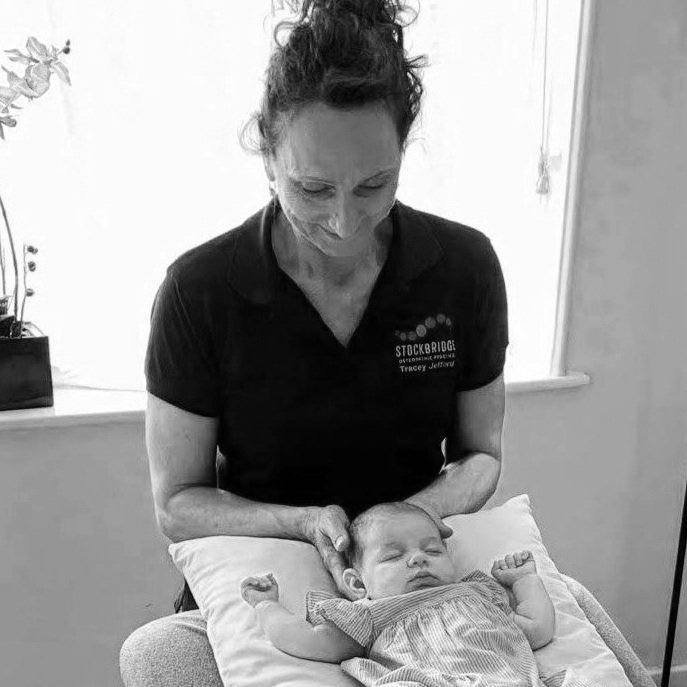Help, I’ve tweaked my back!
When your back ‘goes’ it can feel extremely painful and often very scary. It can make you catch your breath with sharp spasms, feel bent forward or lopsided, and can often leave you sleep deprived and anxious.
These symptoms are all cues and signals from the body, telling you how to move, sit or stand to help off-load the affected structures, and to encourage you to change movement and behaviour patterns.
What can I do?
Less than 1 in 100 people with back pain have symptoms that need urgent medical attention, but if you have any of these ‘red flag’ symptoms, get in touch with your GP surgery:
• Onset is linked to serious trauma
• History of cancer, osteoporosis, previous fractures
• Sudden change in bowel or bladder function
• Loss of sensation around the ‘saddle’ region
• Severe pain or numbness down one or both legs
• Loss of power or strength in the legs, feet or ankles
If none of these apply to you, you most likely fall into the 90% of people with ‘non-specific low back pain’.
This is when there is much you can do to help yourself.
First of all, try not to panic, take some steady breaths, just the motion of the diaphragm and rib cage can be very soothing for the spine, and also very calming for the nervous system, which will help reduce pain.
First Aid for your back:
1. Find movements that you can do. Any movement, no matter how small or short a period will help and don’t worry if you feel very asymmetrical in your ability. Just mobilise into the ranges that you can do. Try my Spinal Mobility Flow on all 4’s, featured on our You Tube channel.
2. Apply Contrast Bathing to your back. Start with a cold pack for 5 minutes, then apply a warm pack for 5 minutes. Alternate for 20 – 30 minutes, aiming to start and end on cold.
3. Taping your back with sports tape or using a stretchy neoprene corset can feel very comforting in the early days.
4. Taking painkillers or anti-inflammatories may help initially for a short period. Long term use has been shown to slow or hinder recovery, so use advisedly.
5. At night, if you’re on your side, try a pillow between your knees and feet, along the length of your lower leg. If you’re on your back, place a pillow under your knees. This can help keep your spine relatively neutral and may help it to relax.
6. Avoid complete bed rest, this can slow down recovery
7. Visit us or your local Osteopath as soon as you can. Taping the spine, gentle mobilising, massage and acupuncture can help, and we can guide you with movement, rehab and future prevention.
Rarely you have to stop moving! Motion is lotion. But please do contact us if you need reassurance and guidance.
As an aside, you may be aware that the SOP business Facebook page has been hacked and fake news, spam and some disturbing images are being posted. Please don’t interact with the page anymore, but do hop over to my new page @stockbridgeosteopathy. I’ve got a very long way to go to rebuild my 20k of followers, so I’d be immensely grateful in your help in building my new page. Look out for the new navy logo and Like, Follow and Share the page with your buddies. There are always lots of interesting articles and exercises posted to keep you all happy, fit and active.
Thank you
Emma Wightman



































